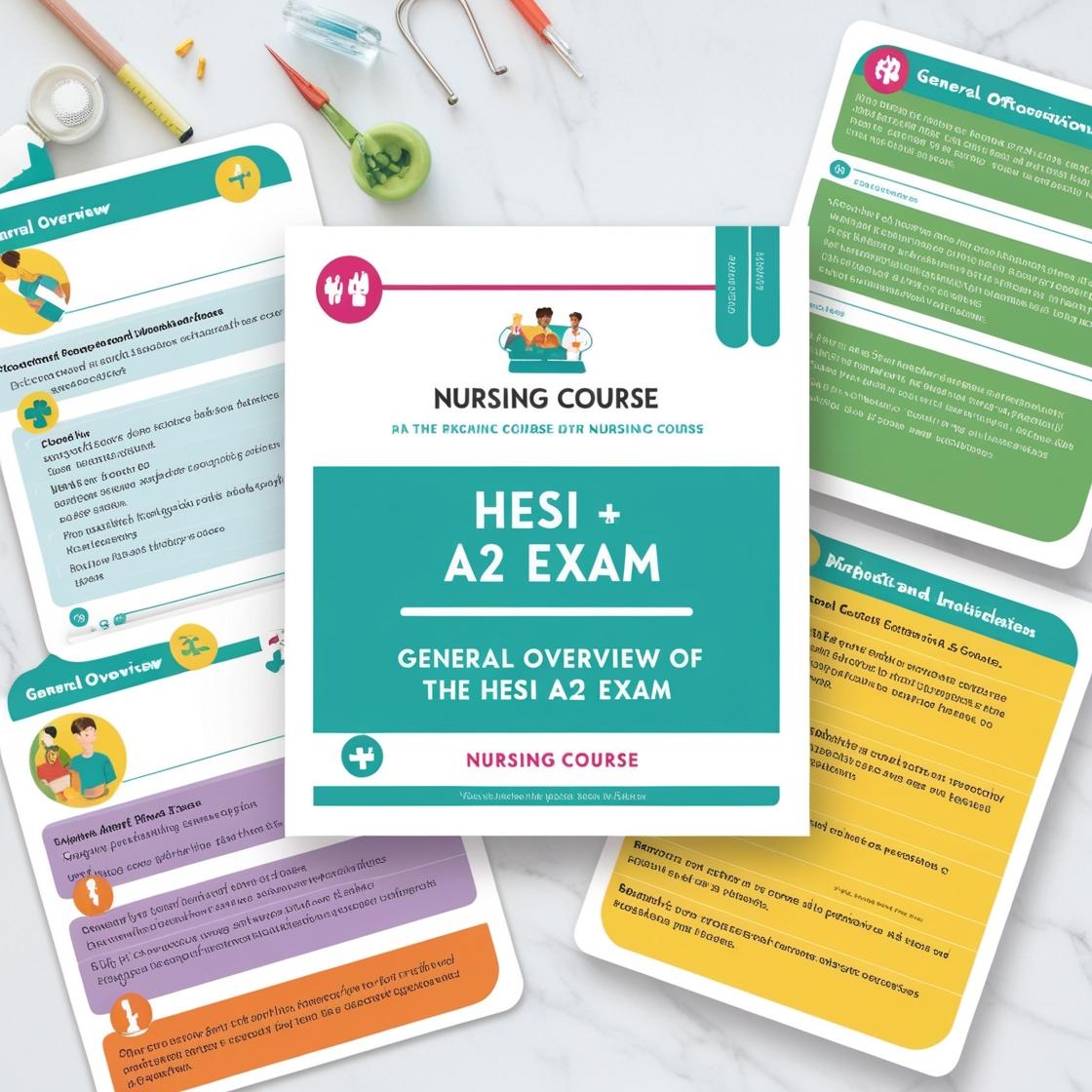HESI A2
HESI A2 Reading Comprehension V2 2024
1. The word 'massive' in line 4 is closest in meaning to?
- A. Dense
- B. Impressive
- C. Huge
- D. Unavoidable
Correct answer: C
Rationale: In the context of the passage, 'massive' is used to describe the size of the collision that formed the Moon, indicating something very large or huge. While 'dense' means closely compacted, 'impressive' means evoking admiration, 'huge' is the closest synonym to 'massive' in this context. 'Unavoidable' does not convey the same meaning as 'massive' in this sentence, making it incorrect.
2. Why does the author mention 'impact craters' in line 16?
- A. To explain the corrosive effects of atmospheric weathering
- B. To explain why the Moon has no plant life because of meteorites
- C. To show the result of the Moon not having an atmosphere
- D. To show the result of the Moon not having active tectonic or volcanic activity
Correct answer: C
Rationale: The mention of impact craters in the text is to highlight the consequence of the Moon lacking an atmosphere. The absence of an atmosphere on the Moon leaves it vulnerable to meteorite impacts, resulting in the multitude of impact craters on its surface. Choice A is incorrect because the mention of impact craters is not related to atmospheric weathering but rather to the lack of an atmosphere. Choice B is incorrect as it misinterprets the reason for the absence of plant life on the Moon. Choice D is incorrect as the text explicitly states that the Moon lacks tectonic or volcanic activity, which is not the focus of the mention of impact craters.
3. What is the major difference between matter at the nanoscale and matter at larger scales such as millimeters or inches?
- A. At the nanoscale, metals are rigid, and at larger scales, they are bendable.
- B. Matter has different and special characteristics at the nanoscale.
- C. At the nanoscale, matter has different properties than matter at the atomic level.
- D. There is no difference.
Correct answer: B
Rationale: The correct answer is B. Matter at the nanoscale exhibits unique and special characteristics that distinguish it from matter at larger scales. This can include properties like increased surface area, different melting points, altered conductivity, and enhanced reactivity. Choice A is incorrect as metals at the nanoscale can be more rigid compared to their larger scale counterparts. Choice C is incorrect because matter at the nanoscale has properties that are distinct from both atomic and larger scales. Choice D is incorrect as there are significant differences in how matter behaves and interacts at the nanoscale compared to larger scales.
4. The information presented is
- A. Balanced in its view of public speaking.
- B. Favoring people with low-pitched voices.
- C. Slanted against people with piercing voices.
- D. Neutral toward both high- and low-pitched voices.
Correct answer: C
Rationale: The correct answer is C. The paragraph is biased against people with piercing or harsh voices, suggesting they are less desirable as public speakers, newscasters, or political candidates. The text explicitly mentions that harsh voice qualities, like being shrill, grating, hard, piercing, brassy, loud, or nasal, are undesirable and may make people uncomfortable when speaking. It also highlights that tension leading to harsh voice qualities is more common in higher-pitched voices, which are typically associated with women, making them less preferred for public speaking roles. Choices A, B, and D are incorrect because the text does not suggest a balanced view, favor low-pitched voices, or maintain neutrality towards both high- and low-pitched voices; instead, it emphasizes the negative impact of harsh and piercing voices.
5. Why did Macmillan add iron rims to the tires of his bicycle?
- A. Increase the weight of the bicycle.
- B. Enhance the durability of the tires.
- C. Reduce the bumpiness of the ride.
- D. Decrease the level of fatigue during the ride.
Correct answer: B
Rationale: Macmillan added iron rims to his bicycle tires to enhance their durability and make them last longer. This innovation aimed to prevent the tires from getting worn down quickly. Adding weight to the bicycle (Choice A) was not the purpose of adding iron rims. While adding iron rims could potentially reduce the bumpiness of the ride (Choice C) by providing more stability, the main objective was to improve tire longevity. Similarly, reducing the level of fatigue during the ride (Choice D) was not the primary reason for adding iron rims.
Similar Questions

Access More Features
HESI A2 Basic
$89/ 30 days
- 3,000 Questions with answers
- 30 days access @ $89
HESI A2 Premium
$129.99/ 90 days
- Actual HESI A 2 Questions
- 3,000 questions with answers
- 90 days access @ $129.99
